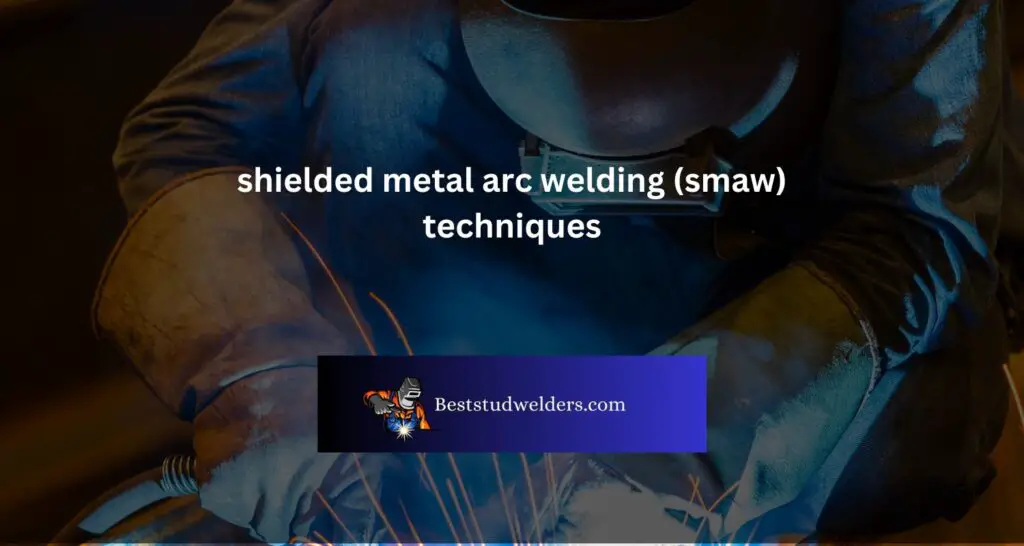
Shielded Metal Arc Welding (SMAW), known as Stick Welding, is a process that uses an electric arc between the metal electrode and the base material to join metal parts. It’s widely used in industrial, commercial, and even domestic settings. SMAW is economical – low equipment requirement, easy availability of consumables, and versatile with different metals….